At the invitation of Chief Abbot Hyangdeok of Cheonman-sa Temple
By Lee Kyung-sik, Kim Jung-mi
A total of 34 members of the Seoul Diplomatic Corps (SDC), including ambassadors, senior diplomats and their family members from 16 countries of the world, had an opportunity to gain a good measure of exposure to Buddhism and Buddhist culture during a one-night-two-day tour of the Cheonman-sa Buddhist Temple and other cultural properties in Ulsan and the surrounding region on May 31-June 1, 2019.

Organized by The Korea Post (publisher of 3 English, 2 Korean news media), the visiting dignitaries of the SDC also had a rare opportunity for full exposure to the historical and cultural assets of Korea through a tour organized by the host for them.
At the time of departure from Seoul, the ambassadors, madams and other senior diplomats were provided with proper decorum and respect and were accommodated personally by Station Master Lee Kyu-young at the Seoul Railroad Station.
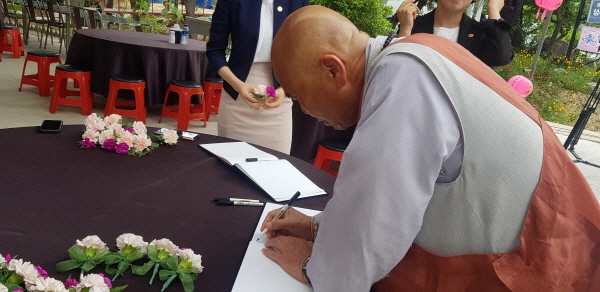
Station Master Lee, in a display of due respect to the international VVIP guests (especially the ambassadors and senior diplomats).
Lee courteously introduced himself through the interpretation provided by Publisher-Chairman Lee Kyung-sik of The Korea Post media (who accompanied the SDC dignitaries throughout the one-night-two-day event), and said, “I am greatly honored to serve the ambassadors and madams at our Seoul Railroad Station and we will serve the Excellencies and Madams the best way we can,” said Station Master Lee Kyu-young meeting and shaking hands with the visiting members of the Seoul Diplomatic Corps.
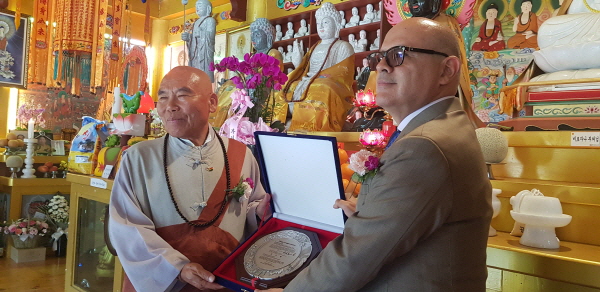
The tour for the ambassadors and other senior diplomats to visit the Cheonman-sa Buddhist Temple was on the occasions of the Buddha’s Birthday on May 12, 2019. (Records indicate that the Buddha [Sakaya Muni] was born in 624 BC and lived until 544 BC.)

Participating in the tour were Ambassadors Rodolfo Solano Quiros of Costa Rica, Andrei Popkov of Belarus, Bruno Figueroa of Mexico, Olexander Horin of Ukraine, Virgilio Paredes Trapero of Honduras, Wylbur C. Simuusa of Zambia, Antoine Azzam of Lebanon, Damir Kusen of Croatia and Ambassador Shiferaw Shigutie Wolassa of Ethiopia, Luis Pablo Ossio Bustillos of Bolivia (CDA) and Juan Jose Plasencia of Peru (CDA). There also were other senior diplomats attending the tour and among them were Minister Zamirek Beishenaliev of Kyrgyz; Minister-Counsellors Amha Ajilegeorgis of Ethiopia and Pimpiree Maneeratana of Thailand; Deputy Head of Mission Diomedes Carles of Panama; Second Secretary Nilanthi K. Pelawaththage of Sri Lanka; and Military Attache Major Rustam Tashmatov of Uzbekistan. Almost all of them were accompanied by their spouses and some with also other members of their families.
The visiting ambassadors and other members of the SDC alighted from the train at the Singyeongju-yeok (New Gyeongju Railroad Station) and then moved on from there to the Cheonman-sa Buddhist Tempe on board three 28-seater deluxe tourist buses.
The Cheonman-sa Buddhist Temple, according to Chief Abbot Park, sits on a rarely propitious site according to Pungsu Jiri (the Oriental theory of divination based on topography). There one can easily experience the rare opportunity to personally access the resounding that is experienced at many old Buddhist temples.
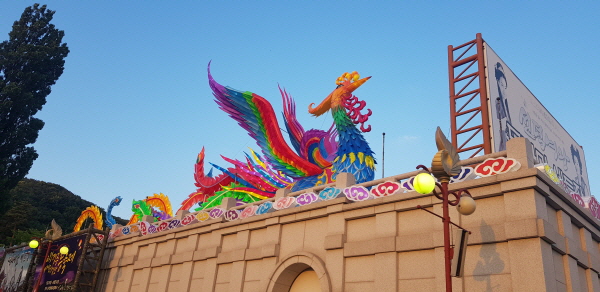
The Mansoek-gol Village where is located the Cheoman-sa Temple sits on local address number 108, which coincides with Baekpal Beonnoe in Buddhist Teachings (the 108 passions or earthly desires or agonies). Cheonman-sa is located also on a branch hill of the Baekdu Daegan Mountain Range that cuts through the Korean peninsula in the eastern region connecting the north and south of the Korean peninsula.

Manseok-gol, name of the village, means “Village of Ten Thousand Bushels of Rice” meaning that the village is known for harvesting that quantity of rice a year, implying the affluence of the resident farmers of the village in the olden times.
The open-air buffet luncheon at the temple site of Cheonman-sa that day for the visiting ambassadors and other senior diplomats was prepared by The K Hotel and consisted of a wide variety of Korean and international cuisine foods and beverage.

Following a well-prepared dinner at the K Hotel in Gyeongju where the ambassadors and other senior diplomats stayed, the guests were invited to attend the Opening Ceremony of the 2019 Gyeongju World Culture Heritage Lantern Festival (a 5-day event) at the Silla Millennium Park located in the eastern sector of the Gyeongju City.
Held on the theme of “Communicating with the World,” the Festival consisted of various interesting events, including ‘Things to enjoy, things to see, things experience and things to learn from.’

Speaking at the opening ceremony, Chairman Lee Sang-hyo of the Festival Promotion Committee (former chairman of the Gyeongsangbuk-do Council) said, “It is my hopes that this Festival will contribute to reviving the now –somewhat stagnant local economy and creation of jobs for the young people in our province as well as providing ‘things to see’ for the guests visiting our province.”


Then there were remarks by Chief Abbot Park Seung-eok of the Cheonman-sa Temple. He said: “This evening, I would say, is very meaningful in the fact that we have many distinguished guests from the Seoul Diplomatic Corps, including Ambassador Rodolfo Solano Quiros of Costa Rica, dean of the visiting members of the Diplomatic Corps, who are giving our region with their rare presence.”
On the following morning, Chief Abbot Park invited the ambassadors and other senior diplomats to a tour of the Bulguk-sa Buddhist Temple in Gyeongju, the Bulguk-sa Museum and the Cheomseongdae Meteorological Observatory of the Silla Period (AD300-935).
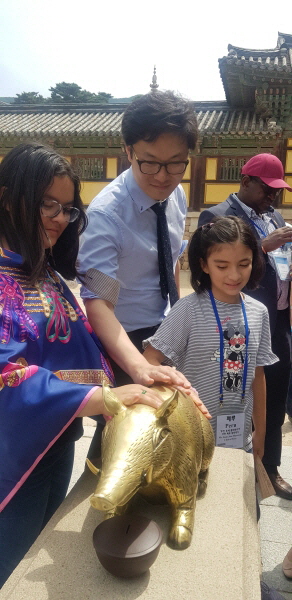
The Bulguk-sa Temple is very famous among Koreans and also in the outside world.
The Buddhist Temple is located on the slopes of Mount Toham in Jinheon-dong, Gyeongju city and a head temple of the Korean Buddhist Jogye Order and encompasses seven National Treasures of Korea, including the Dabotap and Seokgatap stone pagodas, Cheongun-gyo (Blue Cloud Bridge), and two gilt-bronze statues of Buddha.
The temple is classified as Historic and Scenic Site No. 1 by the Korean government. In 1995, Bulguksa was added to the UNESCO World Heritage List together with the Seokguram Grotto, which lies four kilometers to the east. The temple is considered as a masterpiece of the golden age of Buddhist art in the Silla kingdom. It is currently the head temple of the 11th district of the Jogye Order of Korean Buddhism.
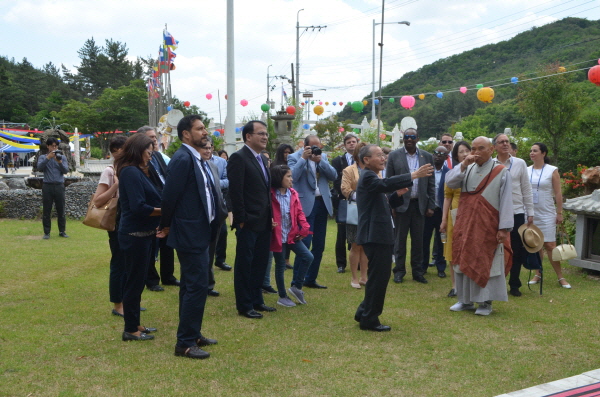
Among the earliest woodblock prints in the world, a version of the Dharani sutra dated between 704 and 751 was found there in 1966.
The temple's records state that a small temple was built on this site under King Beopheung in 528. The Samguk Yusa records that the current temple was constructed under King Gyeongdeok in 751, begun by Prime Minister Kim Daeseong to pacify the spirits of his parents. The building was completed in 774 by the Silla royal court, after Kim's death, and given its current name Bulguksa (Temple of the Buddha Land).
The temple was renovated during the Goryeo Dynasty and the early Joseon Dynasty. During the Imjin wars, the wooden buildings were burned to the ground. After 1604, reconstruction and expansion of Bulguksa started, followed by about 40 renovations until 1805.
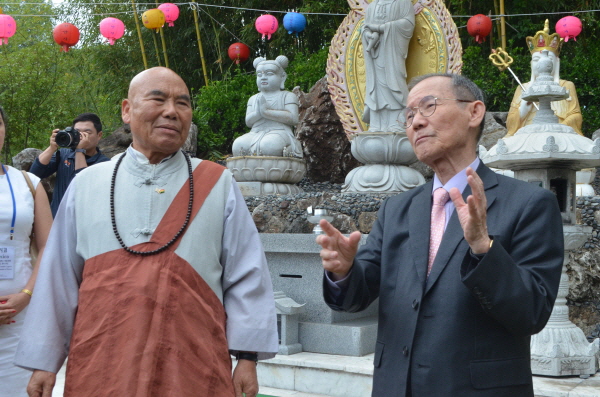
After World War II and the Korean War, a partial restoration was conducted in 1966. Upon an extensive archeological investigation, major restoration was conducted between 1969 and 1973 by the order of President Park Chung Hee, bringing Bulguksa to its current form. The famous stone structures are preserved from the original Silla construction.
The entrance to the temple, Sokgyemun, has a double-sectioned staircase and bridge (National Treasure No. 23) that leads to the inside of the temple compound. The stairway is 33 steps high, corresponding to the 33 steps to enlightenment.
The lower portion, Cheongungyo (Blue Cloud Bridge) is 6.3 meters long and has 17 steps. The upper portion, Baegungyo (White Cloud Bridge) is 5.4 meters and has 16 steps. The stairway leads to Jahamun (Mauve Mist Gate).
There are two pagodas on the temple site, which is unusual. The three-story Seokgatap (Sakyamuni Pagoda) which stands at 8.2 meters is a traditional Korean-style stone pagoda with simple lines and minimal detailing. Seokgatap is over 13 centuries old.
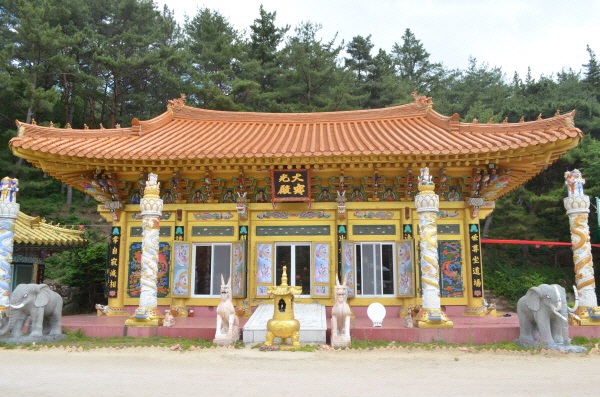
Dabotap (Many Treasure Pagoda) is 10.4 meters tall and dedicated to the Many Treasures Buddha mentioned in the Lotus Sutra.
In contrast to Seokgatap, Dabotap is known for its highly ornate structure. Its image is reproduced on the South Korean 10 won coin. Dabotap and Seokgatap are Korean National Treasures nos. 20 and 21, respectively.
The terrestrial and the two celestial abodes are manifested in Bulguksa: the terrestrial with a Shakyamuni Buddha Lotus Sutra, the celestial with Amitabha Buddha Avatamska Sutra. The large temple site is centered on two courts. One of the courts is centered on Daeungjeon, the hall which houses the Shakyamuni Buddha. The other is centred on Geungnakjeon, the hall of paradise where the Seven Treasure Bridge Chilbogyo is housed.
The visiting members of the SDC then were invited to tour the Museum of the Bulguk-sa Temple, where they observed various exhibits showing the history, culture and the living of the people in the region in the olden times.The last place of visit was the Cheomseong-dae Meteorological Observatory in Gyeongju.

Cheomseongdae is the oldest existing astronomical observatory in Asia.
Constructed during the reign of Queen Seon-deok of the Silla Dynasty (r. 632-647), it was used to observe stars in order to forecast the weather. This stone structure is a beautiful combination of straight lines and curves, and was designated as National Treasure No.31 on December 20th, 1962.
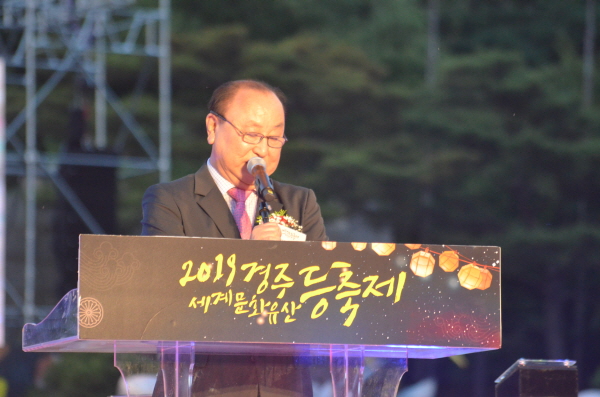
Cheomseongdae was built in a cylindrical shape with stones 30cm in diameter. A total of 362 stones were piled up to make 27 levels. Roughly 4.16 meters high from the bottom there is a one-meter-square entrance and a space to hang a ladder under it.
The inside is filled with soil up to the 12th level, and the 19th, 20th, 25th, and 26th levels all have long rocks hanging on two areas, shaped as the Chinese letter '井' (jeong)—meaning a well or spring.
It stands 9.17meters high and the base stone on each side measures 5.35meters. The Vernal Equinox, Autumnal Equinox, Winter Solstice, Summer Solstice and the 24 solar terms (also known as the astronomical solar year) were determined by observing of stars.
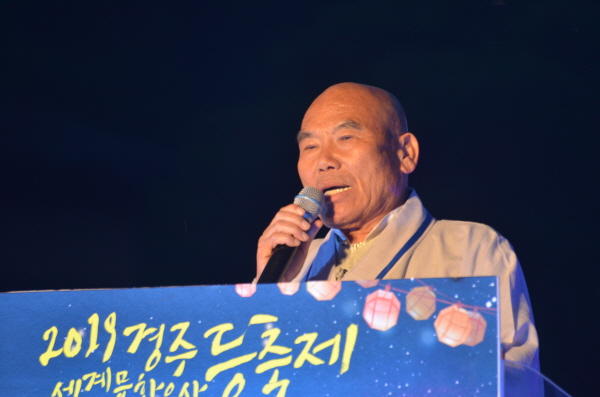
The pavilion stone is believed to have been used as a standard of deciding directions, north, south, east and west. The 362 stones used to build Cheomseongdae represented the 362 days in a lunar year.
Buddha's Birthday:
In South Korea, the birthday of Buddha is celebrated according to the Korean lunar calendar and is a public holiday.

This day is called Seokga Tansinil, meaning "Buddha's birthday" or Bucheonim osin nal meaning "the day when the Buddha came." Lotus lanterns hang in temples throughout the month and lanterns are hung in homes and in the streets.
On the day of Buddha's birth, many temples provide free meals and tea to all visitors. The breakfast and lunch provided are often sanchae bibimbap.
Buddha's Birthday is a popular holiday and folk celebration in Korea and is often celebrated by people of all religious beliefs.

Buddha's Birthday is occasionally designated reportedly as a public holiday also in North Korea and is known as Chopail.
Designation of traditional Korean holidays as public holidays in North Korea are determined by the Cabinet a few days before the traditional holiday begins.
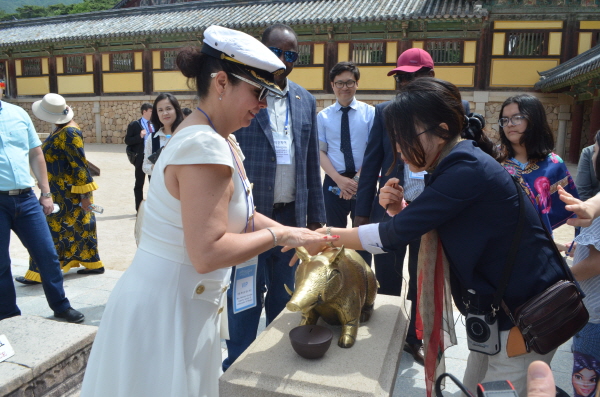
Buddha's Birthday is a traditional festival in Korean culture and was celebrated in Korea long before the division of the country as a result the festival is also celebrated in North Korea by the country's Buddhist population.
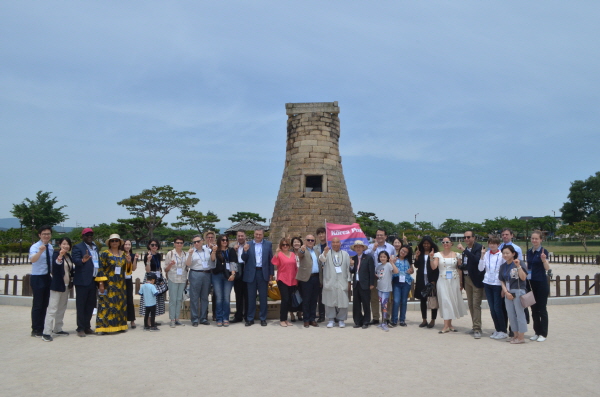
The Buddha’s Birthday is also observed by Buddhists in East Asia and Buddhists and some Hindus in South and Southeast Asia (Buddha's birthday is a holiday traditionally celebrated in most of East Asia to commemorate the birth of the Prince Siddhartha Gautama, later the Gautama Buddha and founder of Buddhism.
It is also celebrated in South and Southeast Asia as Vesak which also acknowledges the enlightenment and death of the Buddha.
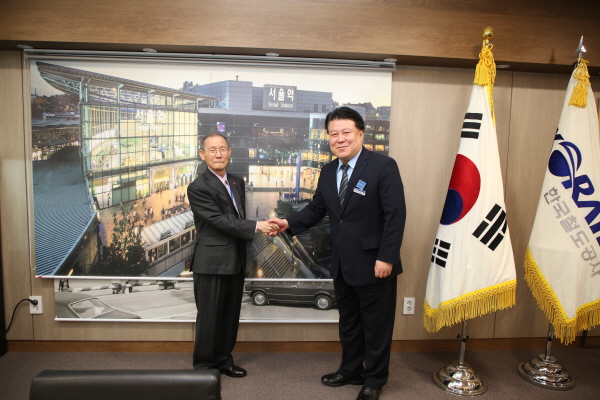
According to the Theravada Tripitaka scriptures, Gautama was born c. 563/480 BCE in Lumbini in modern-day Nepal, and raised in the Shakya capital of Kapilvastu, in the present day Tilaurakot, Nepal.
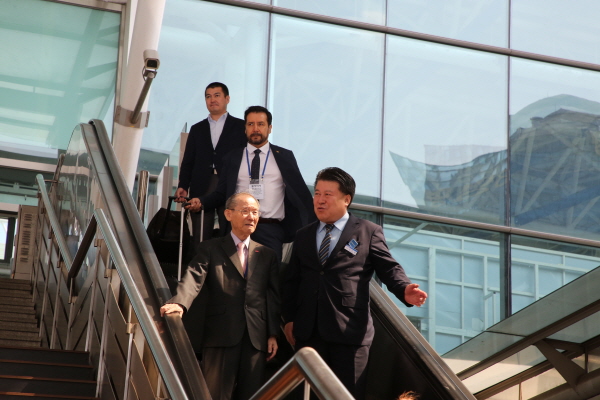
At the age of thirty five, he attained enlightenment (nirvana) underneath a Bodhi tree at Bodhgaya (modern day India). He delivered his first sermon at Sarnath, India. At the age of eighty, he died at Kushinagar, India.
The exact date of Buddha's birthday is based on the Asian lunisolar calendars. The date for the celebration of Buddha's birthday varies from year to year in the Western Gregorian calendar, but usually falls in April or May. In leap years it may be celebrated in June.
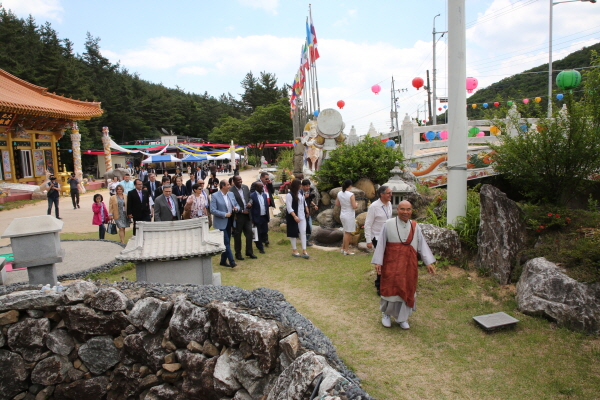
The exact date of Buddha's Birthday is based on the Asian lunisolar calendars and is primarily celebrated in Baisakh month of the Buddhist calendar and the Bikram Sambat Hindu calendar, and hence it is also called Vesak.

In modern-day India and Nepal, where the Historical Buddha lived, it is celebrated on the full moon day of the Vaisakha month of the Buddhist calendar.
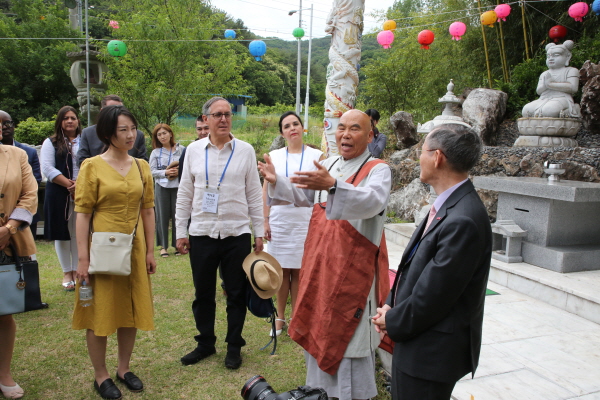
In Theravada countries following the Buddhist calendar, it falls on a full moon Uposatha day, typically in the 5th or 6th lunar month.
In China and Korea, it is celebrated on the eighth day of the fourth month in the Chinese lunar calendar.

The date varies from year to year in the Western Gregorian calendar, but usually falls in April or May.
In leap years it may be celebrated in June.
In Tibet, it falls on the 7th day of the fourth month of the Tibetan calendar (2019 June 9, in other years in May).

